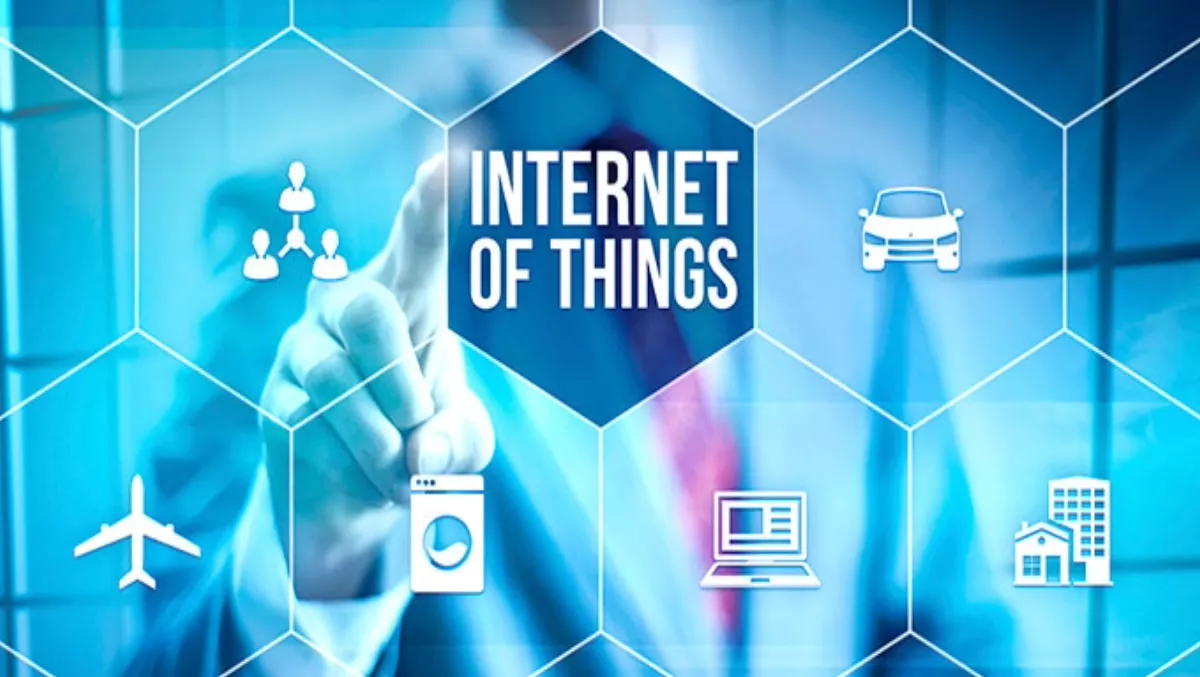
How to Speak Like a Data Center Geek: Internet of Things
By all accounts, the Internet of Things (IoT) will soon take over the world. Gartner predicts nearly 21 billion "things" will be connected to the Internet by 2020, while Cisco more than doubles that number, projecting 50 billion connected things by the end of the decade. Given the potential ubiquity of the IoT, and the frequency with which we toss IoT terms around, we figured it was a natural for our latest "How to Speak Like a Data Center Geek" entry. The series aims to help our readers speak Data Center like a local (which pretty much everyone is, since Equinix is in 40 markets worldwide.)
Thing – The traditional definition of "thing" is extremely broad, encompassing everything from onesie-clad and rock-skinned fictional characters to, well, every object on earth. The things in the Internet of Things are more narrowly defined, but what they share are connections to the Internet and each other via machine-to-machine (M2M) technology and the possibilities that arise when billions of "dumb" objects get "smart" and start transmitting meaningful data: Corn stalks tracking their own nutrient needs, cows transmitting information about their eating habits, ships reading currents to help determine the best routes are just a few examples. An IoT "thing" is more than just a "thing." It's a combination of intelligent devices, logic and interconnection.
Radio Frequency Identification (RFID) tags – RFID tags enable wireless communication between IoT objects, devices and systems, and also make the objects they are attached to uniquely identifiable. Network World describes an RFID tag as a "supercharged bar code with radio connectivity." An active RFID tag uses a battery-powered microchip to transmit radio signals to an RFID reader. Cheaper passive tags draw power from the reader, which enables them to be detected. The RFID tags combined with readers create an identification system that can track huge numbers of anything.
Sensors – If RFID tags and similar devices enable an object to be tracked – essentially to communicate: "Here I am!" – sensors add detail and depth to what an object can say. Sensors can be designed to measure changes in sound, temperature, light or motion, among other things, and transmit that data over the Internet for analysis and insight. The company Streetline, for instance, embeds sensors in city on-street parking spaces that can detect when those spaces are vacated and tell a driver's smartphone when and where a spot is free.
Actuators – While RFID tags and sensors collect and transmit data, actuators provide the means to "act" on all this IoT-generated information. They're what start the coffee machine when an IoT sleep tracker determines a user is about to wake up, or they protect wind turbine blades by altering their angles after IoT-connected devices signal a gust is coming.
Interoperability and Security – In order for scattered connected objects from different manufacturers to work together, seamless interoperability and security must exist between those objects and key IoT-enabling communications technologies (e.g. Wi-Fi, Bluetooth, terrestrial mobile networks). A report last year by the World Economic Forum said a lack of interoperability and increased security vulnerabilities are major barriers that stop businesses from adopting the IoT. That's made the drive for common and broadly applied standards, which are key to interoperability and security, a top priority for companies building the IoT.

